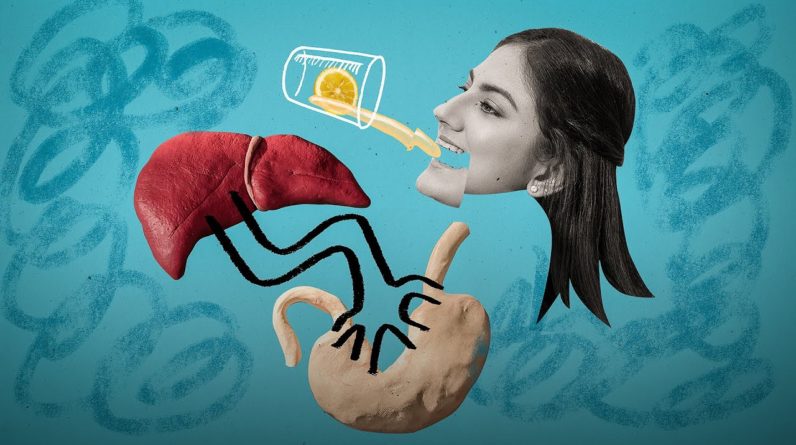
So there's a paper that looks at sodium consumption
and mortality, right? And this is– – There's been a lot of research on it. – Well I'm thinking of one. I think you know what I'm
talking about, Donald– – Donald, and then (interrupted) Journal of Medicine from 2014. If you go on our blog we have a posting on sodium intake and adrenal, and the why adrenal fatigue
is not a real medical issue. And this is discussed in that paper as we've referenced there. Sodium is obviously a
very controversial area. And people have almost, let's say, let's say very intense convictions, including dispute among
measuring scientists. So this is not a resolved area as yet. But in the study published
in the New England Journal by this group, it's a
international research consortium studying lifestyle factors, and health outcomes in
a couple 100,000 people in 17 different countries.
– sure It's a massive study called the PURE, P, U, R, E, that's the acronym, study.
And they, rather than asking people how much salt did you eat yesterday, they actually took a urine, got a urine sample from people. From over 100,000 people and
then looked at sodium excretion at that time point and their subsequent, assuming that the day before
they'd eaten their usual, whatever their usual salt intake would be. Inaccurate if you were
dealing with a few people. But when you have 100,000 people it gives you a good measure
of range of sodium intake. And then they looked at health outcomes for four years afterwards. The total mortality and coronary disease, that is heart attack risk for
people was a U shaped curve. And the bottom of that curve, where the risk was lowest, was between four and five
grams of sodium, not salt. Four and five grams of
sodium intake per diet. When people went down to the value of where the current US recommendations are at 2.3 grams per day, there was actually a
measurable increase in risk.
And under 2.3 grams, again these are people
in multiple cultures, in many different countries. But consistently there's a rise when you restrict sodium severely. And as one increases sodium intake past six or seven grams a day, then the risk also begins to go up. Now there are some
regions and some cultures where people eat a lot more sodium, and there is evidence that
that can be dangerous, for instance some fishing
villages in Japan, where the sodium intake may be in the 10 to 15 gram per day range,
that can be associated with increased risk of stroke
and even heart disease. So again, this is not a blanket permission to eat vast amounts of salt. But keeping, particularly when somebody is on a ketogenic diet which enhances the kidney's ability
to clear extra sodium, it appears that the beneficial range for people who don't have
significant heart or kidney, already have significant
heart or kidney disease, the beneficial range is in the four to five gram per day
of sodium intake range.

– Yeah, I think an
important takeaway from this is that it's always in context. It's always for an individual person. You have to consider all the different things that they have going on. And we can't give a blanket, across the board kind of recommendation. But, – If somebody has fluid
retention, or hypertension– – Right, have to be much more careful– – Requiring diuretic therapy. We get people onto the ketogenic diet and get them keto adapted, and typically we withdraw
the diuretic medication.
Then we then begin to gently add back the sodium to optimize
their circulatory reserve, their wellbeing, and their function. So again this has to be individualized, and there aren't, as Dr. McKenzie says, you can't give blanket recommendations. And we're not doing so here..







